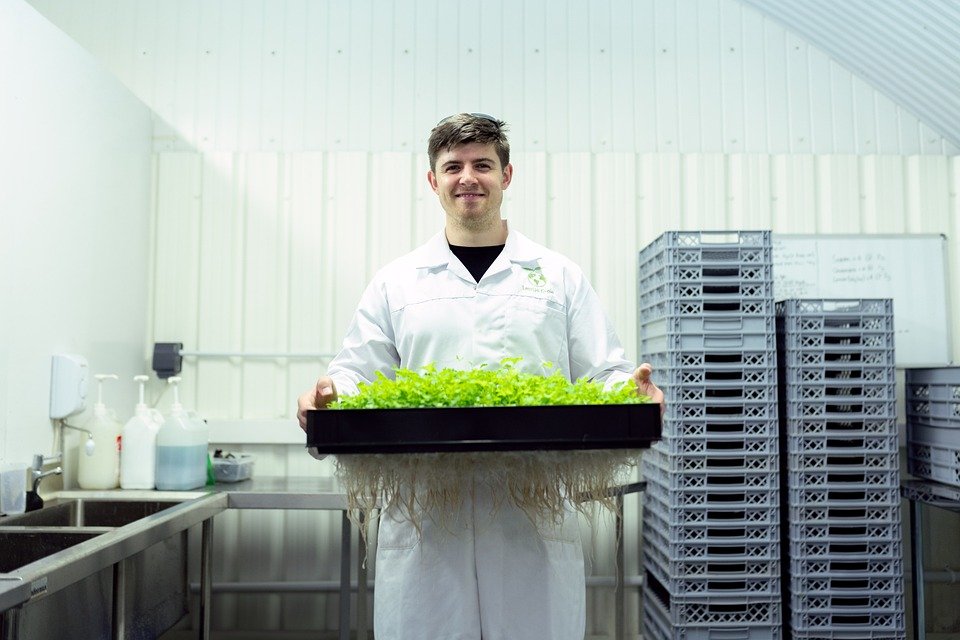A huge amount of unseen data is being streamed on a daily basis through cellular networks. Data can be of several types depending on the source and the type, which is why all kinds of industries depend on data so much.
Data science is an interdisciplinary field, which combines many subjects such as mathematics, statistics, computer science, and business administration together. It combines different tools and technologies together, created for the purpose of analytics only. From collecting data to machine learning and presenting the results to management, every step is to find meaningful insights from the data provided. Data is used as raw material for finding solutions to business problems and predictive analysis of future problems.
One of the main public sectors benefiting from data science is in agriculture. Although it is still in its infancy stage, it has impressive scopes and applications.
Data science in agriculture
The agricultural landscape is getting worse every year because:
- Bad yielding seeds.
- normal events
- Lack of water and farming machinery.
- Lack of financial aid.
All this leads to a decrease or increase in production for which farmers do not get the right price and leads to farmers committing suicide and making arable farms barren. The problem is that innovations and technological means are not used to their full potential.
Various analysis techniques can help farmers and their farming practices towards improvement such as:
- big data
- machine learning
- The Internet of things
- Cloud computing
For all of these tools to work, one needs both dated and current data to work on. All of this data can be collected from various sources such as government datasets or from sensors located near farms and machinery. Some rich data sources are:
- Satellite base field imaging
- Tractors and plows based on GPS sensors
- Climate and weather forecasts
- Fertilizer requirements data
- Pest and weed prevalence data
- Sensor data from farms
Analyzing this data can be useful not only to farmers but also to insurance companies, banks, government, traders, seed and fertilizer manufacturers, etc.
Big data helps with precision farming, also called satellite farming; It works on the basis of observation and measurement from different sources. The primary goal is to use resources effectively and make informed decisions. This is all done while keeping in mind the temperature, topography, soil fertility, salinity, water availability, chemical resources, moisture content, etc.
Smart farming
The main application of data science in agriculture is smart farming where analytics technology is used. It helps overcome agricultural supply chain and control inefficiencies, gives predictive insights, delivers real-time decisions and design business models. Includes specialized management information systems for:
- Crop yield, stress, population
- fungal spots
- weed stains
- Soil texture and condition
- Soil moisture and nutrients
- climatic conditions
- precipitation and temperature
- humidity and wind speed
Smart farming will start a new era of farming technologies by using various devices such as GPS, radar sensors, GIS, cameras, drones, cloud engineer, etc.
